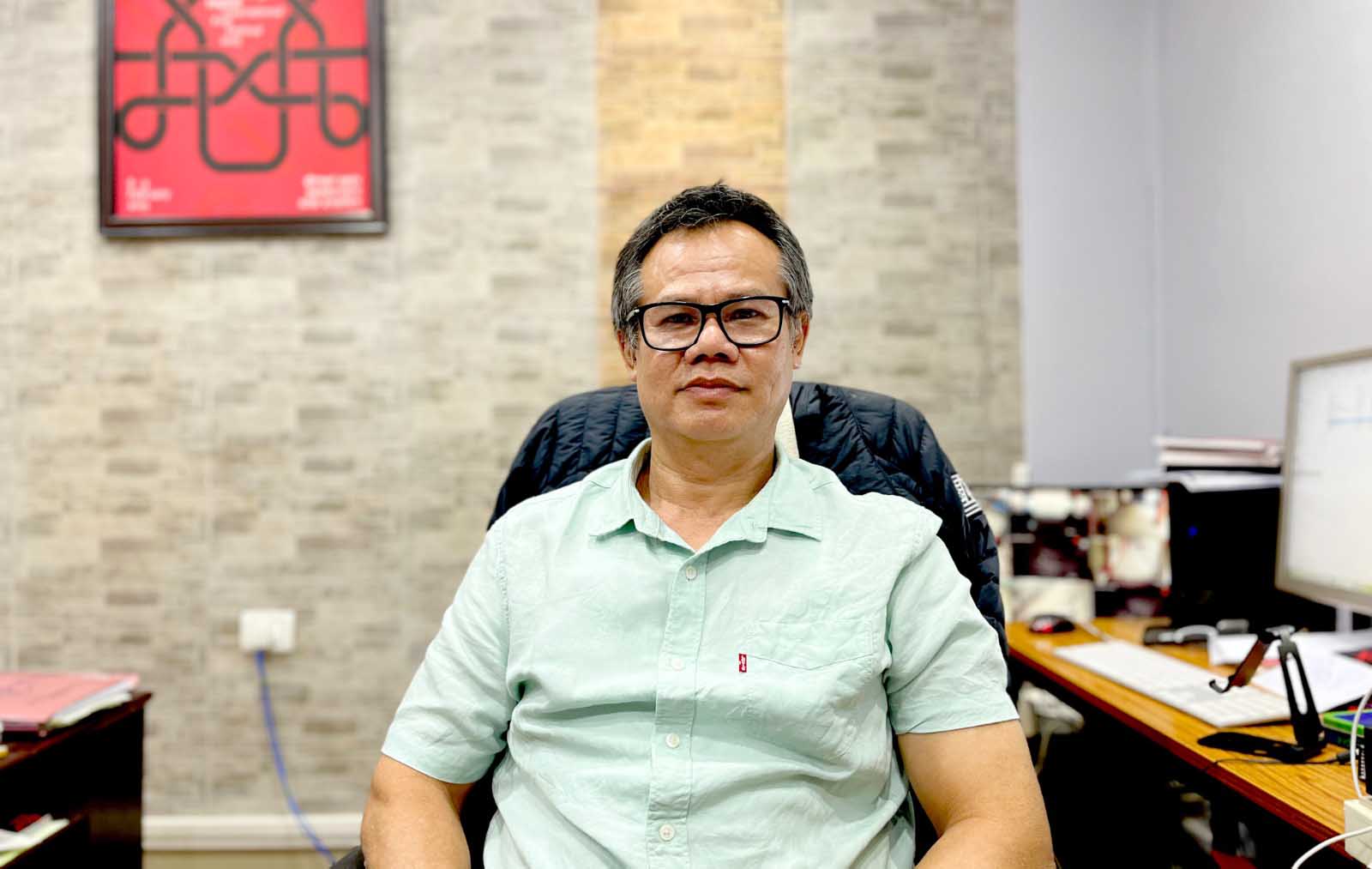As the 2022 draws to a close, on the surface, the security scenario in the hills of Manipur seems somewhat stable, however scratch the surface and there is never any shortage of potential for trouble resurfacing anytime. Most of the Naga and Kuki underground organisations are in a ceasefire agreement with the government holding peace talks to negotiate a lasting settlement of their problems therefore leaving behind their violent campaigns for the time being, at least officially. There are nonetheless some very visible signs that the National Socialist Council of Nagalim, NSCN(IM), the underground group most active in the Naga areas of Manipur, is under pressure.
Evidences for this became open recently when it came to light that on September 28, 2022, the underground organisation wrote a letter to the Chinese Communist Party, CCP, claiming the Indian government has backtracked on the progress made in the peace talks so far in matters of a “Framework Agreement” signed on August 3, 2015, which agreed the two negotiating parties, or entities, would together continue to work towards a comprehensive solution to the Naga problem. The letter also indirectly urged the CCP to make a 3rd party intervention to make the negotiations go forward as desired. It also thanked the Chinese government for the moral and material support to the Nagas from the 1950s onwards.
While it is unlikely China will respond favourably, if at all, given the fact the country is not what it was in the mid-20th Century, a poor underdeveloped country steeped in the Communist ideology, aligned with the Communist Bloc in a Cold War with the Capitalist West. From that vantage, Chinese leaders had even expressed the opinion that India was a lackey of the colonial powers of the Capitalist West. Today things are different. China though still Communist in form, has embraced the Capitalist ethos of free market competition though under supervision of the State. It also sees itself not as a regional player anymore but as a frontrunner in global politics and economy, set to overtake even the United States. Once upon a time China did support Indian insurgents who too claimed to have socialist leanings, but today such a politics cannot be longer China’s game anymore. Moreover, the country too has its own cup of woe full with the Tibetan, Uigurs and Taiwan crises among others, capable of blowing up into full crises anytime.
Leave aside geopolitics and China’s place in it, our immediate interest is the implication the overture of the NSCN(IM) to the CCP and the open show of disenchantment with the Indian government this indicates. What is the message from this? How would the Indian government take the development, given the fact that the relations between India and China are not exactly cordial? Is it an indication that the ceasefire between the organisation and India is coming to an end? These are the unanswered questions, all of them indicate how delicate the situation is, and how easily things could turn bad and ugly.
There is no question about it that Naga insurgency movement is today badly fragmented. There are several factions now, and very broadly, they are divided into two camps. On one side is the NSCN(IM) and on the other, seven factions, most of them splinter groups from the S.S. Khapang lead NSCN(K), but have now come together under one umbrella group called the Naga National Political Group, NNPG. While the NSCN(IM) draws its leadership and cadre overwhelmingly from amongst Manipur Nagas, the seven factions in the NNPG are almost exclusively Nagaland based. NNPG has shown willingness to settle within the Constitution of India, and also there are strong indications they prefer a separate settlement for Nagas of Nagaland and Nagas from outside Nagaland, in particular Manipur – basically the NSCN(IM). The NSCN(IM) on its part has refused to have any settlement within the Constitution of India and is insisting on a separate constitution and flag for the Nagas, and this is where the matter is stuck at the moment. With the Nagaland Assembly elections due in February-March 2023, this matter is getting urgent. The NNPG has reiterated that they want a peace deal before the election, failing which they will boycott the elections. Another group called the Eastern Nagaland Peoples’ Organisation, ENPO, which has long been demanding a “Frontier Nagaland” state separate from the present state of Nagaland. ENPO is also demanding a Naga settlement before the elections, or else they too would join the NNPG in boycotting the approaching election. Such a settlement which would isolate the NSCN(IM) is precisely what latter is apprehensive of, and the letter to the CCP is likely prompted by this growing rift.
Eastern Nagaland comprises of six districts – Mon, Tuensang, Kiphire, Longleng, Noklak and Shamator – which are inhabited by seven tribes of Chang, Khiamniungan, Konyak, Phom, Sangtam, Tikhir and Yimkhiung. These six districts were initially parts of the (Mon and) Tuensang Division of the then North Eastern Frontier Region, NEFA, (today’s Arunachal Pradesh) but were separated from the latter in 1957 to be merged with the then Naga Hills District of Assam as per an agreement between a pro establishment body called Naga Peoples’ Convention and the Government of India to constitute the state of Nagaland in 1963. This was meant as a concession to the Nagas to neutralise the Naga insurgency under the banner of Naga National Council, NNC, which broke out not long after Indian independence, with Angami Zapu Phizo as its leader. Nagaland state came into being in this manner, but Naga insurgency did not end there unlike what was expected.
The newly added regions in the newly formed state Nagaland also brought in six tribes who consider themselves far more backward than the older tribes of Nagaland, and are indeed so by the standard scales of development such as modern education, livelihood means and customary practices. To address this problem, in the 1970s a local layer was added to the reservation for Scheduled Tribes, and Nagaland reclassified its tribes into ‘Forward’ and ‘Backward’, setting aside 25 percent government jobs and education seats as reserved for the “Backward Tribes”. Nagaland later had to increase this reserved quota to 37 percent amidst protests. The six eastern Naga tribes were however not satisfied as more tribes other than them were placed in this “Backward Tribes” category, and demanded another special reservation subset for them called “Very Backward Tribes” within the backward category.
In 2003 Nagaland administration tried to address this tension again by establishing the Nagaland Department of Underdeveloped Areas, DUDA, with the declared aim of seeking to level out the playing fields. The ENPO has rejected this and continues to insist on a separate state. Problems resulting from the split in the Naga underground organisations is complicated by this division as well. In this multi-layered fissure in the Naga society as a whole, the ENPO is by and large on the side of NNPG, again leaving the NSCN(IM) isolated. Amidst all these developments, it needs to be mentioned that there are also civil society organisations in Nagaland working for reconciliation. The most prominent of these is the Forum for Naga Reconciliation, FNR, an initiative of a respected civil leader, Rev. Dr, Wati Aier, a Naga theologian. As the convenor of FNR, he has been organising and moderating several meetings between the NNPG and NSCN(IM) leaders to look for a way to bring them together on one platform. What ultimately comes out of this noble initiative remains to be seen, but by and large there is little optimism amongst ordinary Nagas that it will result in any substantial shifts in the stances of the rival groups.
It also remains to be seen what decision the Government of India takes on the matter of a peace deal before the election, and whether it would go ahead and have separate settlements for Nagas of Nagaland and Nagas of Manipur. There are also indications that NSCN(IM) is considering its Plan-B, for it is known that the organisation has been reaching out to several Meitei insurgents as well as civil society groups in Manipur to sink their past differences and form a common front. All these considered, it would be hasty for anybody to claim that peace has returned to Manipur or Nagaland. It will hence be prudent for the government as well as the people longing for return of lasting peace to also remind themselves of the timeless wisdom that “still water runs deep”.












